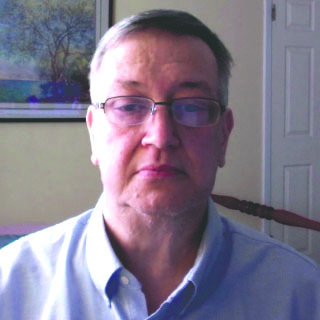1.6K
On Sunday, June 10, at 2:30 p.m., the Salem Baptist Church of Shongaloo will celebrate the milestone of its 163rd anniversary. Somehow, Salem was omitted from a survey done about 10 years ago for the Dorcheat Museum, so my information about the congr
Some history of African American churches
previous post



